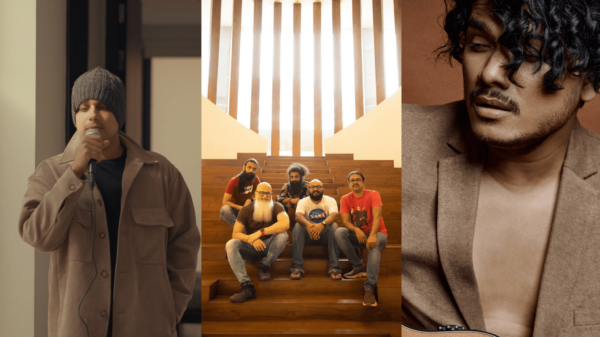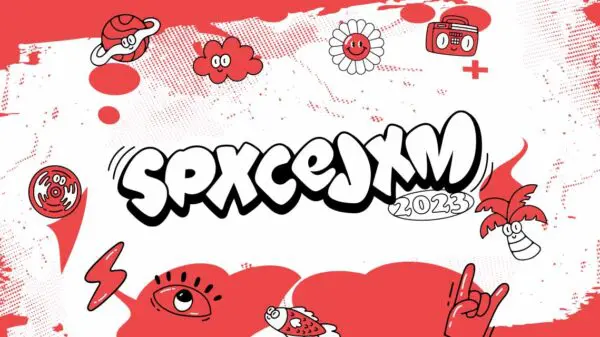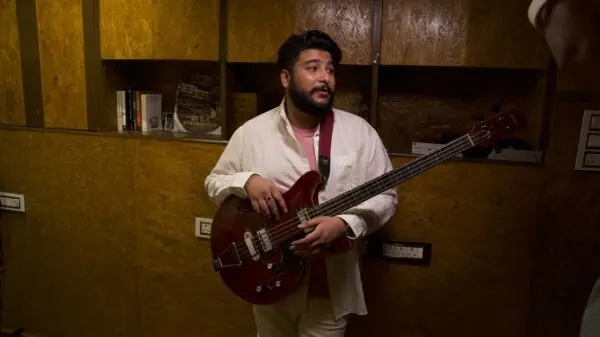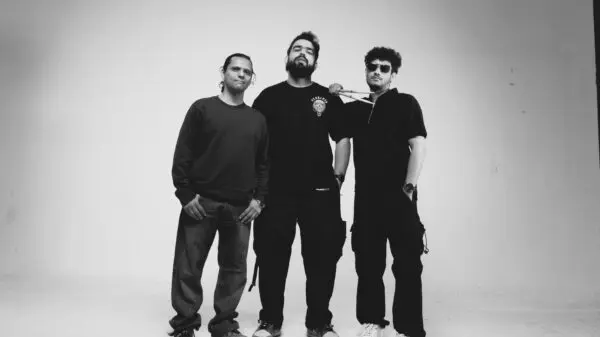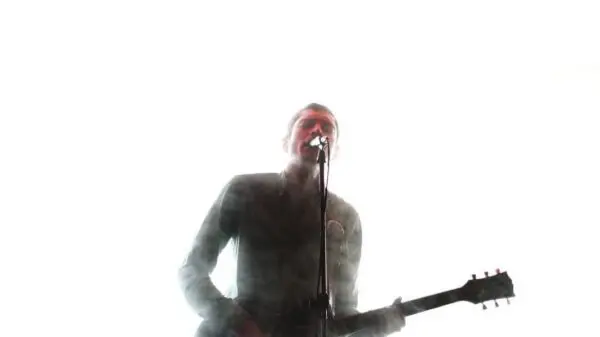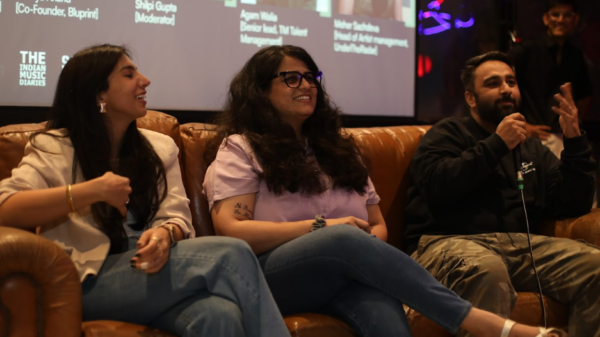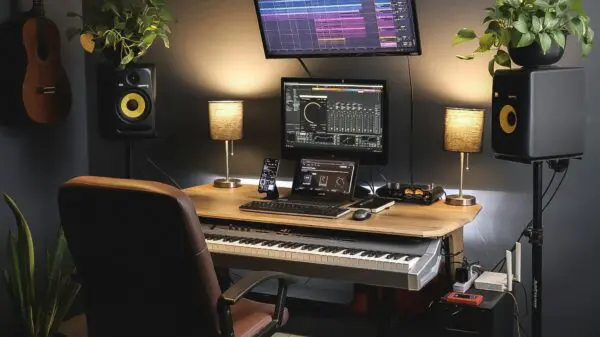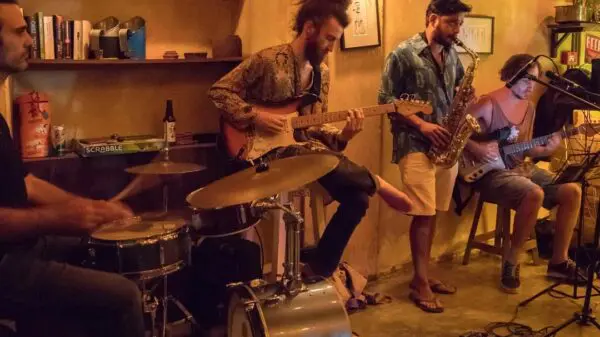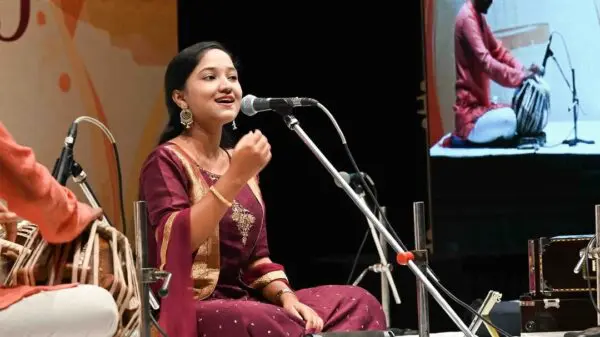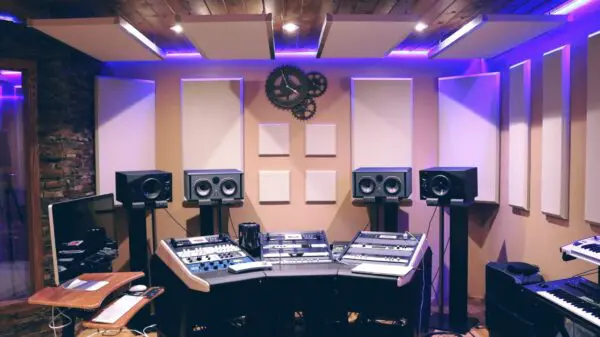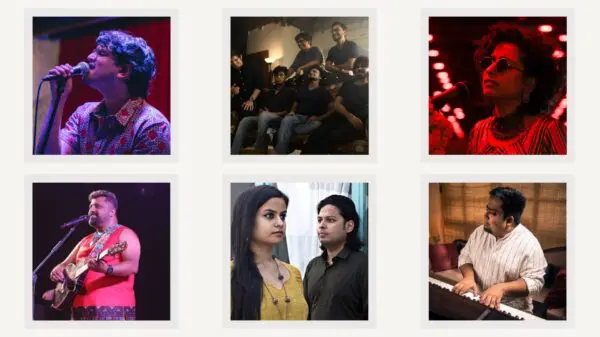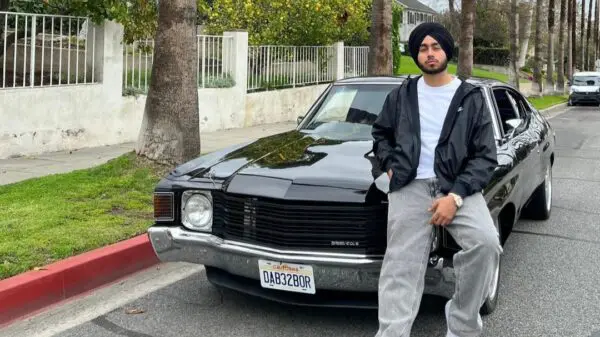A person being introduced to alcohol for the first time is usually told to start ‘easy’ with wine or beer. More often than not though, the experimenter has to go through a gamut of spirits before coming to appreciate the simple pleasures of wine and beer. It is a similar trajectory when it comes to ambient music – people start their journeys with it but only come to truly appreciate it once they’ve hopped around in the world of techno, psy and the 10067 other genres of electronic music.

In a country like India, where silence is an anomaly, the meaning for ambient music has been largely a question mark. Even in the most privileged areas, most of the country counts on the sounds of neighbouring houses to bring themselves back to sanity in challenging times. The sounds of the ragpicker calling out on Sundays, the constant honking when you travel or the indecipherable conversations of a crowd that never thins.
The absence of everyday sounds has been pronounced by the lockdown. We suddenly find ourselves stuck at home, the sound of our breathing being the only thing keeping us company on some days. As a musician, you’re constantly inspired by the sounds around you to translate into music. When that sound is absent, what do you do?
You produce it.
Ambient music is traditionally understood, not as a standalone genre, but rather a cluster of many – new age, synth pop, systems music to name a few. The most distinguishable characteristic of ambient music is that it can be thought of the only form of music where the intent is for it to be heard in the backdrop, to help create an environment (an ambience). In fact, one of the characteristics that makes one piece of ambient music more superior to another is how well it adapts into the background hum of life.
Across cultures, classical music has played the role of ambient music and so it has been in India as well. We spoke to Varun Desai, an avid promoter and producer of the ambient music culture in India who has been active in various avatars since the early 2000s. Yidam is Varun Desai’s projection of electronic ambient and chillout music. Manipulating and producing sounds since the mid-nineties, Varun’s habit of digging for eclectic music and playing in diverse spaces resulted in focusing on downtempo electronica and performing at alternative festival stages and unconventional venues. On being asked about the origins of ambient music in India, here’s what he had to say “Ambient music in India can’t really be traced back to an album because it’s roots lie more in instruments. The drone of the Tanpura is a perfect example of ambient music. Both John Cage and La Monte Young drew inspiration for their avant-garde work from the instruments and tradition of India. The actual term ambient music wasn’t even used until the late 1970s but the origins go too far back in time to put a marker on it.”
A recent BBC Radio 3 docu-podcast echoed his sentiments. In the documentary Paul Purgas discovers a Moog synthesizer from the 1960s at NID in Ahmedabad and how it was used to produce the then yet-to-be-anointed so ambient music. Few of the recordings made circa 1960s with the synthesizer survive today, but the idea that technology that was gripping the western world, had also landed in India is proof of early origins.
Over the last two decades, there have been a niche but powerful voices that have promoted the cause of ambient music. It has been a struggle though, with the audiences equating electronic music with the music played in the metaphorically close confines of properties like Sunburn.
Strike 2020.
The year when everything changed, atleast in recent history. It is as though the pandemic has sped up the adaption of ambient music in India by tenfold. Varun points out “I feel this (people paying more attention to ambient music) is the case based on things I’ve observed on social media. Specifically, a lot of people suddenly started talking about birdcall. Bird vocalization has played a part in both the evolution of language and music, so perhaps hearing that again is a reminder to a lot of people where our roots are and they start paying attention to ambient sounds once more.”
Taking on the responsibility of making the most of the absence of listening venues and feeding people with music they could listen actively or just play in the background, Varun came up with a label and released 3 compilations to showcase new music from the most promising ambient talent in the Industry. The first two Social Isolation compilations were released in April, totalling 34 tracks. The third compilation, Social Desolation, came two months into the lockdown. The mood was the darker side of isolation very reflective of the depression and cabin fever some people were experiencing.
[bandcamp width=100% height=120 album=239528328 size=large bgcol=ffffff linkcol=0687f5 tracklist=false artwork=small]
In his plight to further the cause of independent musicians, he has made sure to include a mix of established artists like Haved Jabib and newer ones like Kaali. A firm believer of independent musicians and the power of bandcamp, Varun has only released the three compilations there. He also curates a collection of Ambient music from India on Spotify, for those who prefer the platform.
Apart from the compilations, Varun has also been working with artists to release their ambient work on Social Isolation. He has released 4 so far, with the most recent one being Rivals EP with Derain, ELM and Vridian. As their discographies boast a more dance floor friendly tone, this EP is an exploration into a more atmospheric realm. The title effort ‘Rivals’ was a result of an Ableton Session traveling to three different homes and was completed in a step by step process. It’s dubby pads and warm textures were provided by Derain, the grooves and the acid infused lead by Vridian and the subtle melodics by ELM.
In the production of ambient music, a deep understanding of ‘sound’ is important. It is one of the few genres where listening matters as much, if not more, as creating. Given the nature of how it is played, it needs to be able to adapt to the environment of the listener without them having to change their actions. One would imagine, this would require sophisticated musical knowledge and equipment. However, the truth is all that one needs is a will to produce. Ambient electronic music can simply be any piece of music or ambient sounds that are created digitally with the use of electronic equipment.
Varun says “Ambient music can be made on anything. We’ve released ambient music that was made only using microphones by the artists drill┼mallo. It’s an entirely field recording based piece, creating an ambient sound collage by using recordings of flowing water, bells and conversation.
It’s the first track on: https://liquidfrequency.bandcamp.com/album/peninsula-volume-1 and also one of the most played songs in the catalogue.
Synths can now be emulated on a basic Android smartphone. You don’t even need a high-end iPhone anymore. I’ve seen the Kolkata based artist Haved Jabib play complete multi-channel set with only his phone. Having an array of hardware synthesizers, a professional studio and even studio production speakers has become more a luxury than a necessity.”
Perhaps inspired by Varun’s efforts towards ambient music, many other artists have been tirelessly releasing their own work as well. Veterans in the industry, both 4lienetic and Eashwar Subhramanian, have released multiple short EPs during this time. While 4lienetic focuses on more glitchy and drone sounds, Eashwar in his classic style keeps alive elements of Indian music in his work. Liquid Memoirs and Aeon Waves, both of whom oscillate between DnB and Ambient, have released EPs that are sure to transport you from your couch at home to a planet far and distant.
[bandcamp width=100% height=120 album=3448572850 size=large bgcol=ffffff linkcol=0687f5 tracklist=false artwork=small]
While it has been beyond inspiring to see a genre making its mark in the industry, it is easy to get caught in an echo chamber, especially during isolation when contact with the outside world is confined. On being asked about the growth of ambient music during the lockdown and if it will have an impact on the culture of tying bar sales to bookings at listening venues, Varun says “Well the problem is already embedded in the question isn’t it? Why should bar sales dictate how music is consumed? I only hope that the lockdown has woken a few people up. Most people have a tendency to go back to their old ways. Statistically people go out to drink and have a good time with friends before thinking about what music is going to be played. My hope is to get as many people interested in this music during the lockdown. The issue always had been getting the listeners to tune in in the first place and that is happening now so I can’t complain.”
It is rare and rather heartwarming for an artist to believe as much in a genre as Varun does. Perhaps his belief and work is a larger commentary on how a blinding focus towards making a change, no matter what the circumstances, does have the possibility to create a rift in the waves of the universe.

